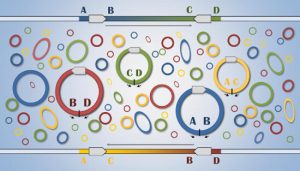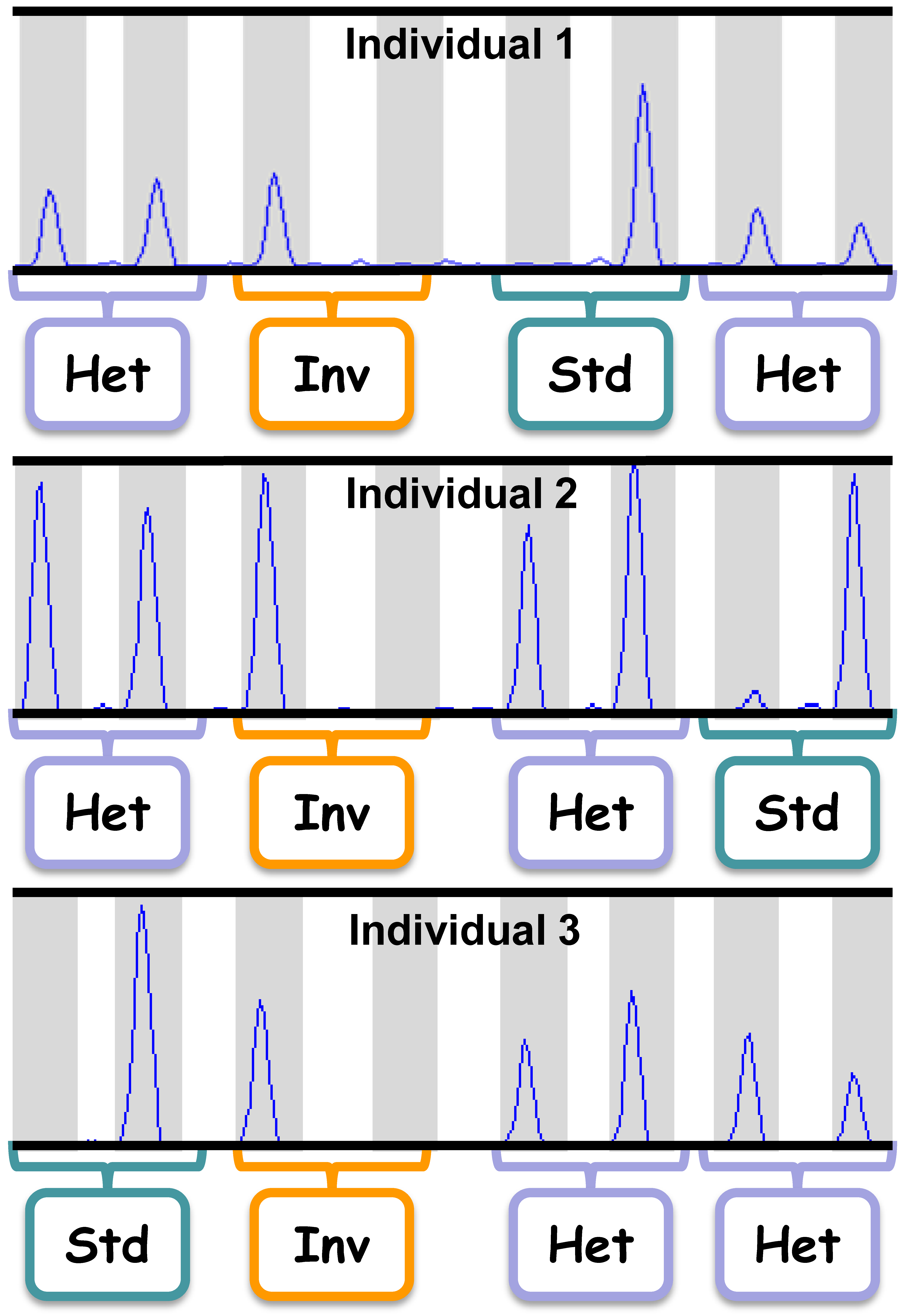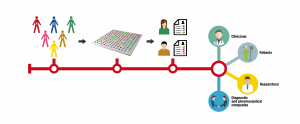During the last years the genomic revolution has provide unique research opportunities unthought-of before. Our laboratory is focused in the study of genome evolution and the genetic changes associated with individual and species differences, applying the newest genomic techniques and the great wealth of genomic data available. In particular, a great degree of structural variation, including hundreds of copy number variants (insertions, duplications and deletions) and inversions have been discovered in multiple organisms. In addition, we now have the information of the variation of expression levels of thousands of genes in different tissues and individuals of many species. However, we still know very little about the functional consequences of these changes and the role that might have played during evolution. To address these questions, we use humans as a model and take a multidisciplinary approach that combines experimental and bioinformatic analysis, generating results of interest to diverse fields.
Main research lines:

Functional and evolutionary analysis of polymorphic inversions in the human genome.
Despite being one of the first types of genetic changes characterized, the difficulty in the study of inversions is a big challenge to current structural variation analysis. Therefore, we are developing new experimental and bioinformatic methods to obtain a reliable catalogue of polymorphic inversions in the human genome, determine their distribution in world-wide human populations, and assess their functional and evolutionary impact, both with regard to their effect on gene expression and on nucleotide variation patterns.


 Genomic determinants of gene-expression changes in humans.
Genomic determinants of gene-expression changes in humans.
What makes us humans is a question that has attracted considerable interest for many years. Several research groups, including our own, have identified hundreds of genes with expression changes in the brain of humans and our closest primate relatives. However, due to the complexity of gene expression regulation, as the next step we need a better understanding of the molecular causes and the effects of these differences and their potential association to selective processes. This research could provide important information on the regulatory mechanisms of gene-expression evolution and interesting candidates of being involved in human brain characteristics for further analysis.